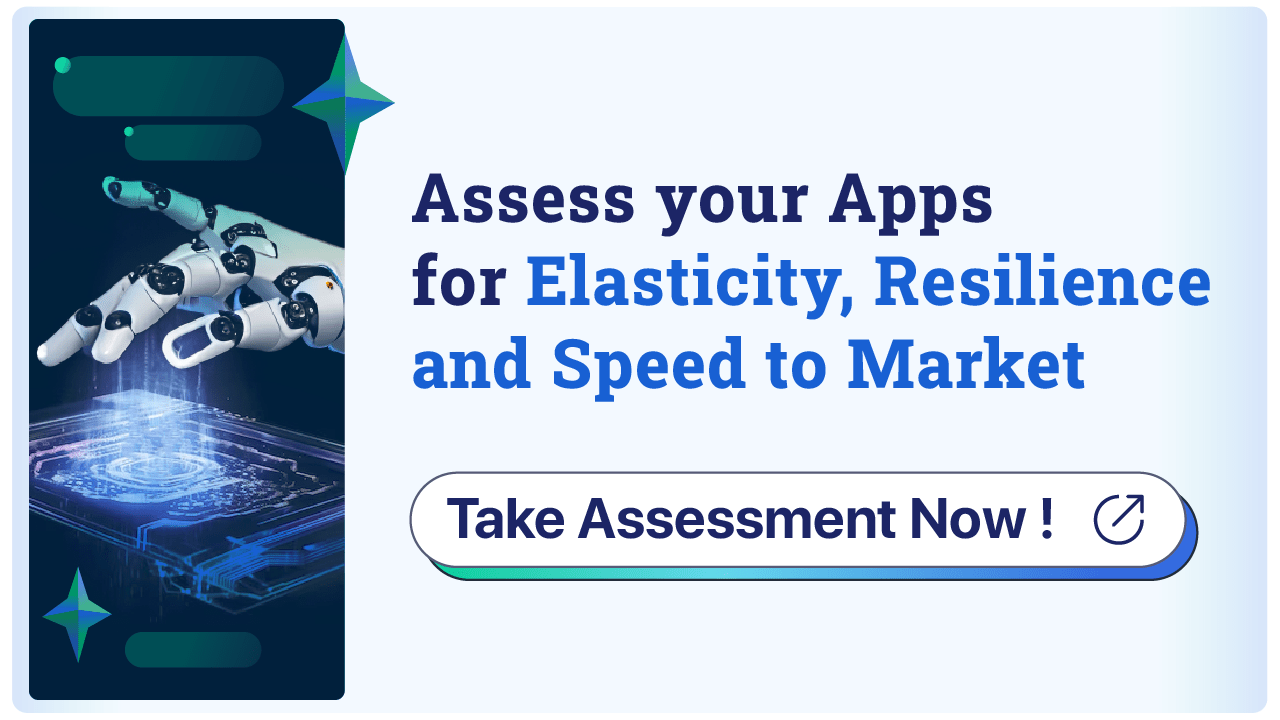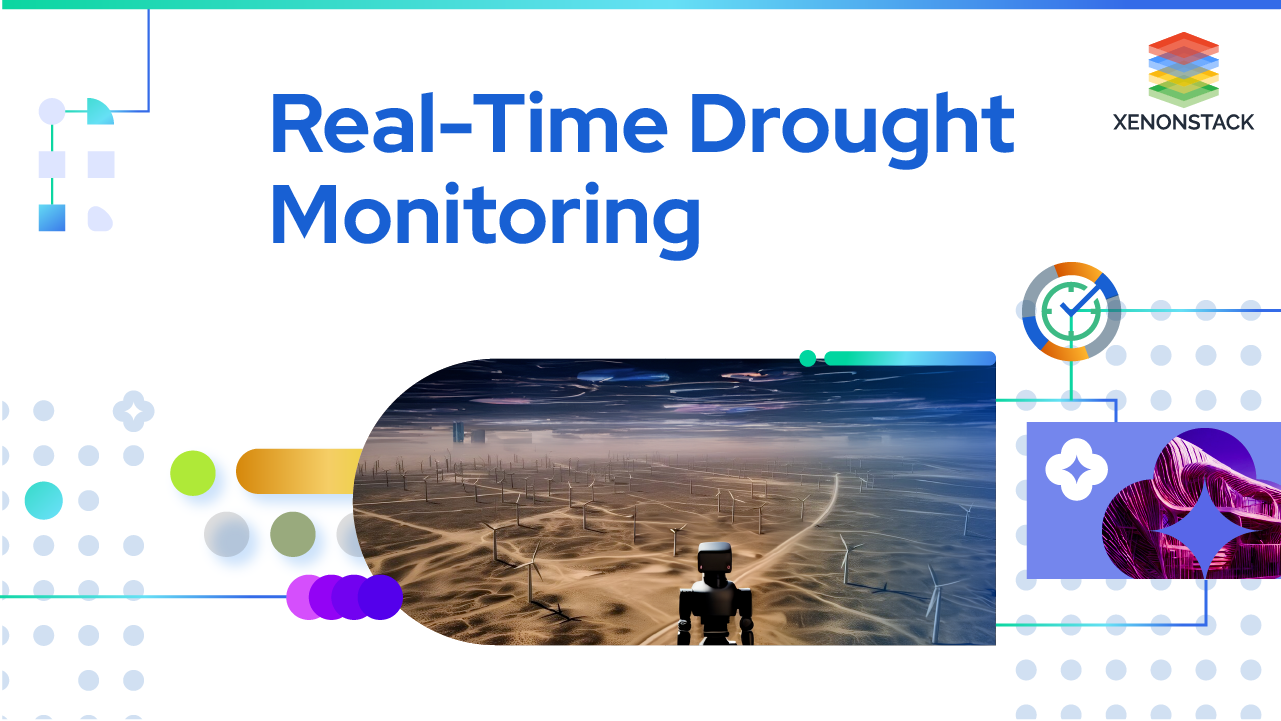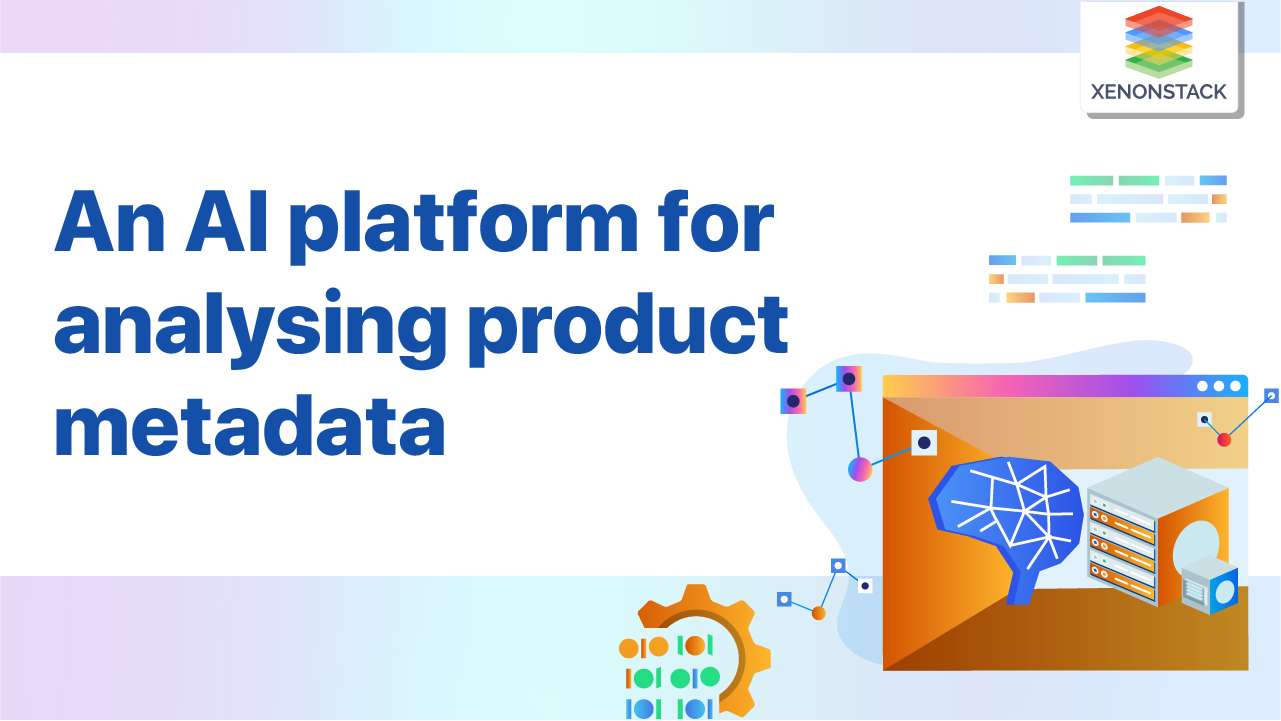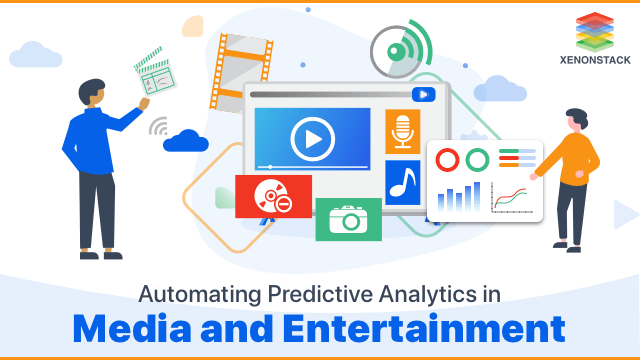AIOps Monitoring for Kubernetes and Serverless
Setting up, monitoring, and maintaining Kubernetes and OpenShift containers can be complex. These platforms involve various components like the API server, Kube controller, kubelet, and Kube scheduler. However, they offer the advantage of faster development without the need for extensive infrastructure setup. Additionally, they provide ease of deployment, efficient issue resolution, and rapid test cycles, resulting in high-quality code and reduced operational costs.
To effectively monitor these container platforms, it is essential to keep track of resource utilization across the cluster nodes. This includes monitoring pod counts, visualizing pod deployments to each node, and identifying any evicted pods. By monitoring pod evictions, you can ensure cluster health, manage garbage collection, review pod issues, scale down in case of excessive load, and perform event management and root cause analysis. These monitoring practices contribute to maintaining a stable and efficient container environment. Here is the overview of the blog
- Monitoring Kubernetes Architecture and serverless environments is complex, requiring real-time data analysis and alerts.
- Building a monitoring platform involves data collection, metric definition, alerting rules, and notification channels.
- Solutions include using Prometheus for metric storage and developing an alerting platform for real-time notifications.
- Data analysis and log aggregation provide insights into cluster health, anomalies, and future resource needs.
Challenge for Building Monitoring and Alerting Platform
Creating a monitoring and alerting platform comes with its own set of challenges.
1. Real-Time Solution
One of the primary challenges is to have a real-time solution that provides a comprehensive overview of the load on a Kubernetes cluster. It is crucial for this solution to not only monitor surface-level metrics but also delve into the depths of the cluster to identify potential issues.
2. Real-Time Alerting
Another challenge is to build a real-time alerting platform that generates alerts as soon as data is ingested into the platform. This ensures that relevant stakeholders are immediately notified of any critical events, enabling prompt action to be taken.
3. Centralized Dashboard
A centralized dashboard is also essential for defining rules based on received metrics. This allows the alerting platform to dynamically utilize these rules and integrate with various communication channels such as Slack, Email, mobile devices, and web dashboards. By doing so, the right people can be notified in the most effective way.
4. Logs Aggregation
In addition to monitoring and alerting, a crucial feature to have is logs aggregation. This feature allows all correlated logs to be viewed at a specific timestamp in a single place, simplifying the process of identifying and troubleshooting any issues.
5. Enhance Monitoring Capabilities
To further enhance monitoring capabilities, an anomaly detection engine can be implemented. This engine can detect real-time fluctuations in monitoring data and identify anomalies in cluster health and performance. By addressing potential issues proactively, a stable and efficient container environment can be ensured.
6. Predictive Analysis
Lastly, a predictive analysis engine can be developed to anticipate when cluster usage may increase or decrease. By scaling up or down before the cluster nodes crash, operational efficiency can be maximized, and potential downtime can be avoided.
7. Anomaly Detection Engine
Anomaly detection is essential to view Real-Time fluctuations in monitoring data, detect anomalies in cluster health and performance.
AIOps Monitoring: A Comprehensive Solution
Build a platform to define data collection layer to collect metrics stats of clusters, pipelines, applications running on it using REST API, Agent-based collection using SNMP protocols, etc. Steps followed while developing this platform -Step - 1 - Defining the Metrics
To enable monitoring on all levels including ongoing activities and also the overall health of the cluster.Step - 2 - Enable Monitoring
Agent-based metrics collector to collect the metrics from the cluster and emit them to Http streaming service to build an exporter which exports the metrics to Time Series based database, i.e. Prometheus. Prometheus is a Time Series database to stores the Real-Time values of all metrics using exporter integrating charts, graphs with Prometheus to see the overall health of all clusters using dashboard.Step - 3 - Enable Alerting in Critical Situations
Define rules for metrics values to get Real-Time notifications to prevent any errors/issues in the cluster. Using these rules, generate alerts to MicroServices.Step - 4 - Create Alerting Platform to get Alerts from Prometheus
Create a Microservice to consume alert messages from Prometheus and then according to cluster’s host address. Mobile apps use this API in which user registers cluster and gets notified in case of any critical event Occurrence.Step - 5 - Create an Analytics platform to Analyse Fluctuations
Build a platform to run queries on Real-Time metrics and calculate the fluctuations in Cluster Metrics & Log Aggregation using Machine Learning algorithms and update the database at regular intervals. Visualize data on Dashboards and see the fluctuation points at any particular timestamp. Aggregate all the logs on the to view all the log files info in that specific timestamp saving a lot of time.




Thanks for submitting the form.